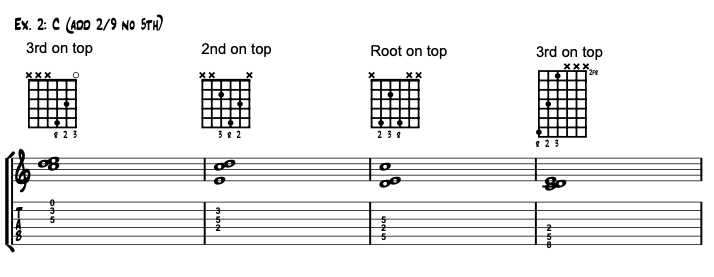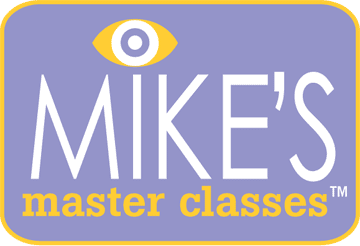
In the realm of jazz guitar, the ability to seamlessly navigate between close and open voicings using triad clusters not only expands your harmonic vocabulary but also elevates your musical expression. Tom Lippincott’s work on diatonic triads and clusters provides an invaluable resource for understanding and applying these concepts in a jazz context. This article delves into the essence of close and open voicings, backed by Lippincott’s insights, and offers practical advice for integrating these techniques into your playing.
Understanding Triad Clusters
Triad clusters are built by stacking notes in close proximity, typically seconds apart, within a scale. These clusters can produce rich, dense harmonies that are characteristic of modern jazz sounds. Lippincott’s exploration of these clusters, particularly through diatonic scales, lays a solid foundation for understanding their construction and application.
Close Voicings: The Intimate Sound
Close voicings are characterized by notes that are closely spaced, often within an octave. This compact arrangement can create a sense of intimacy and tension, especially useful in harmonic progressions where a dense, complex sound is desired. Lippincott demonstrates various close voicings through cycles of diatonic clusters, such as the “Cycle 2/7” (forward in cycle 2, backward in cycle 7) which brings out a unique harmonic flavor by ascending in second intervals.
Transitioning to Open Voicings
Open voicings spread the notes out over a wider range, allowing for a more spacious sound. This can bring clarity to complex chords and add a different texture to your arrangements. Lippincott’s work includes practical fingerings for open voicings, such as the “C add 9 no 5th” voicings, showcasing how to achieve open sounds while maintaining the harmonic integrity of the clusters.
Practical Applications: From Theory to Fretboard
To effectively incorporate these voicings into your playing, start by practicing Lippincott’s examples of cycling through diatonic clusters using both close and open voicings. For instance, the “Cycle 4” through three different string sets offers a comprehensive approach to understanding how these voicings can be maneuvered across the fretboard.
Advanced Techniques: Beyond the Basics
As you become more comfortable with basic voicings, challenge yourself with Lippincott’s more advanced concepts, such as moving open triads through cycle 4, to minimize physical movement along the fingerboard. This approach not only enhances your technical ability but also encourages a more fluid, melodic way of thinking about chord progressions.
Incorporating Triad Clusters in Jazz Standards
One of the most effective ways to master these voicings is by applying them to jazz standards. Lippincott’s technique of using close clusters to comp through tunes like “My Romance” illustrates how to blend these voicings within traditional harmonic structures, providing a fresh perspective on classic repertoire.
The Art of Voicings
Mastering close and open voicings with triad clusters is a journey that can significantly enhance your jazz guitar playing. By studying Lippincott’s methods and diligently applying these concepts to your practice and performance, you can unlock new dimensions of harmonic expression and creativity on the guitar.
Embrace the Journey
Remember, the path to mastering these voicings is a personal and evolving process. As you explore the depths of close and open voicings, let the music guide your exploration, and enjoy the rich tapestry of sounds that your guitar can produce.


0 responses on "Mastering Close and Open Voicings with Triad Clusters"